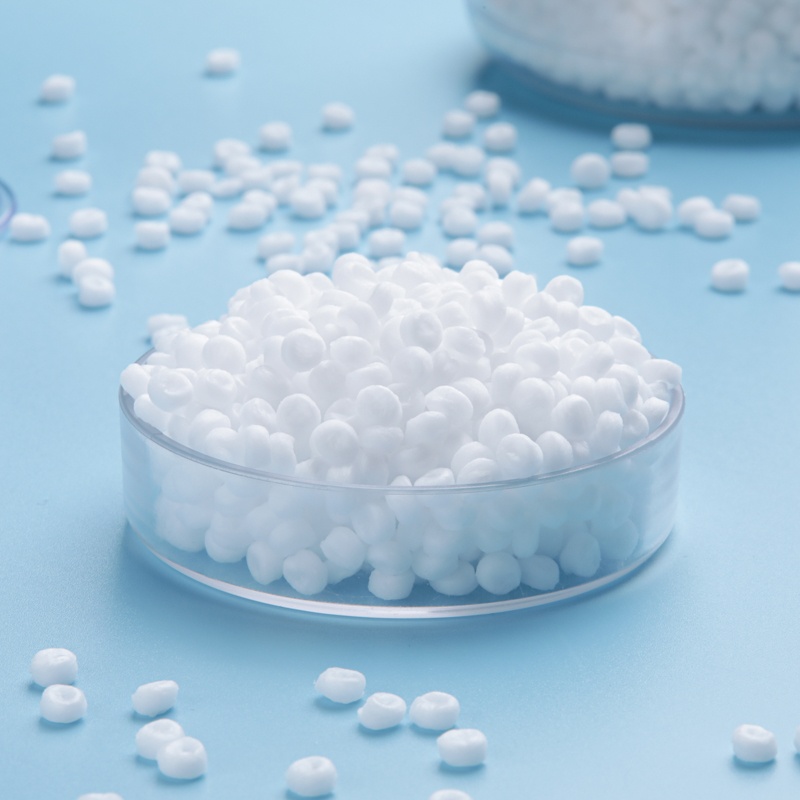Scratch-resistant agents are an essential component of modern automotive paint systems. These agents provide a protective layer over the paint that prevents scratches and damage from occurring. In this article, we will discuss the benefits of using scratch-resistant agents in automotive coatings and the different types of agents that are commonly used.
Why are Scratch-resistant Agents Important in Automotive Coatings?
Automotive coatings are subjected to a wide range of environmental factors that can cause damage to the paint. These include exposure to UV radiation, temperature extremes, moisture, and chemicals. In addition, scratches and abrasions can occur during normal use, such as from road debris, car washes, and accidental contact.
Scratch-resistant agents help to prevent damage to the paint by providing a protective layer that absorbs the impact of these environmental factors. They are essential in automotive coatings because the paint is a highly visible component of the vehicle. Scratches and damage to the paint can reduce the aesthetic value of the vehicle, which can decrease its resale value.
Types of Scratch-resistant Agents:
There are two main types of scratch-resistant agents that are commonly used in automotive coatings: nanoparticles and polysiloxanes.
- Nanoparticles:
Nanoparticles are tiny particles that are smaller than 100 nanometers in size. They are commonly used in scratch-resistant agents because of their unique properties, such as high surface area and reactivity.
One type of nanoparticle that is commonly used is silica. Silica nanoparticles are added to automotive coatings to improve their scratch resistance. Silica particles form a network structure within the paint that absorbs the impact of scratches and abrasions, preventing damage to the underlying paint layer.
Another type of nanoparticle that is commonly used is titania. Titania nanoparticles are added to automotive coatings to provide UV protection and scratch resistance. Titania particles form a protective layer over the paint that absorbs UV radiation and prevents scratches and abrasions from occurring.
- Polysiloxanes:
Polysiloxanes are a polymer commonly used in scratch-resistant agents because of their unique properties, such as high elasticity and durability.
One type of polysiloxane that is commonly used is polydimethylsiloxane (PDMS). PDMS is a flexible polymer that can be added to automotive coatings to improve their scratch resistance. PDMS forms a protective layer over the paint that absorbs the impact of scratches and abrasions, preventing damage to the underlying paint layer.
Benefits of Using Scratch-resistant Agents in Automotive Coatings:
-
Improved Aesthetics: Scratch-resistant agents help maintain the vehicle’s appearance by preventing scratches and abrasions from occurring. This can improve the aesthetic value of the vehicle, which can increase its resale value.
-
Enhanced Protection: Scratch-resistant agents provide a protective layer over the paint that absorbs the impact of environmental factors, such as UV radiation and chemicals. This can prevent damage to the paint and extend the lifespan of the vehicle.
-
Increased Durability: Scratch-resistant agents can improve the durability of automotive coatings by preventing damage to the paint layer. This can reduce the need for repainting or touch-ups, resulting in cost savings for vehicle owners.
-
Improved Safety: Scratch-resistant agents can improve safety by preventing scratches and damage to the paint that can reduce visibility. This is particularly important for vehicle components such as headlights and taillights.
Additional Types of Scratch-resistant Agents:
Besides nanoparticles and polysiloxanes, there are other types of scratch-resistant agents that can be used in automotive coatings, such as:
-
Hardcoat Resins: These are hard and durable resins that can be applied as a topcoat over the paint to provide additional scratch resistance. They are commonly used in clearcoat systems to protect the underlying paint layer from scratches and abrasions.
-
Fluoropolymers: These are highly fluorinated polymers that are known for their exceptional durability and chemical resistance. They are commonly used in automotive coatings to provide scratch resistance and enhance the gloss and clarity of the paint.
-
Silane Coupling Agents: These are compounds that are used to improve the adhesion between the paint layer and the underlying substrate. They can also provide some scratch resistance by forming a strong bond between the paint and the substrate.
Examples of Automotive Coatings with Scratch-resistant Agents:
-
BASF R-M® Onyx HD: This is a clearcoat system that is designed to provide exceptional scratch resistance and gloss retention. It contains a combination of hard coat resins and fluoropolymers that provide a durable and protective layer over the paint.
-
PPG Envirobase High Performance: This is a waterborne basecoat system that contains silica nanoparticles to improve the scratch resistance of the paint. It is designed to provide excellent color matching and durability, while also being environmentally friendly.
-
Axalta Cromax® Pro: This is a clearcoat system that contains a blend of hardcore resins and polysiloxanes to provide superior scratch resistance and gloss retention. It is designed to be easy to apply and provide excellent coverage and color matching.
-
Sherwin-Williams Ultra 9K™: This is a clearcoat system that contains a unique combination of hard coat resins, fluoropolymers, and silane coupling agents to provide exceptional scratch resistance and adhesion. It is designed to be fast-drying and provide a high-gloss finish.
Conclusion:
Scratch-resistant agents are an important component of automotive coatings, providing a protective layer over the paint that prevents scratches and damage from occurring. The use of scratch-resistant agents can improve the aesthetics, protection, durability, and safety of the vehicle. Nanoparticles, polysiloxanes, hard coat resins, fluoropolymers, and silane coupling agents are some of the types of scratch-resistant agents that are commonly used in automotive coatings. By incorporating scratch-resistant agents into their coatings, manufacturers can produce high-quality, durable, and long-lasting products that meet the needs of their customers.
Related Products




